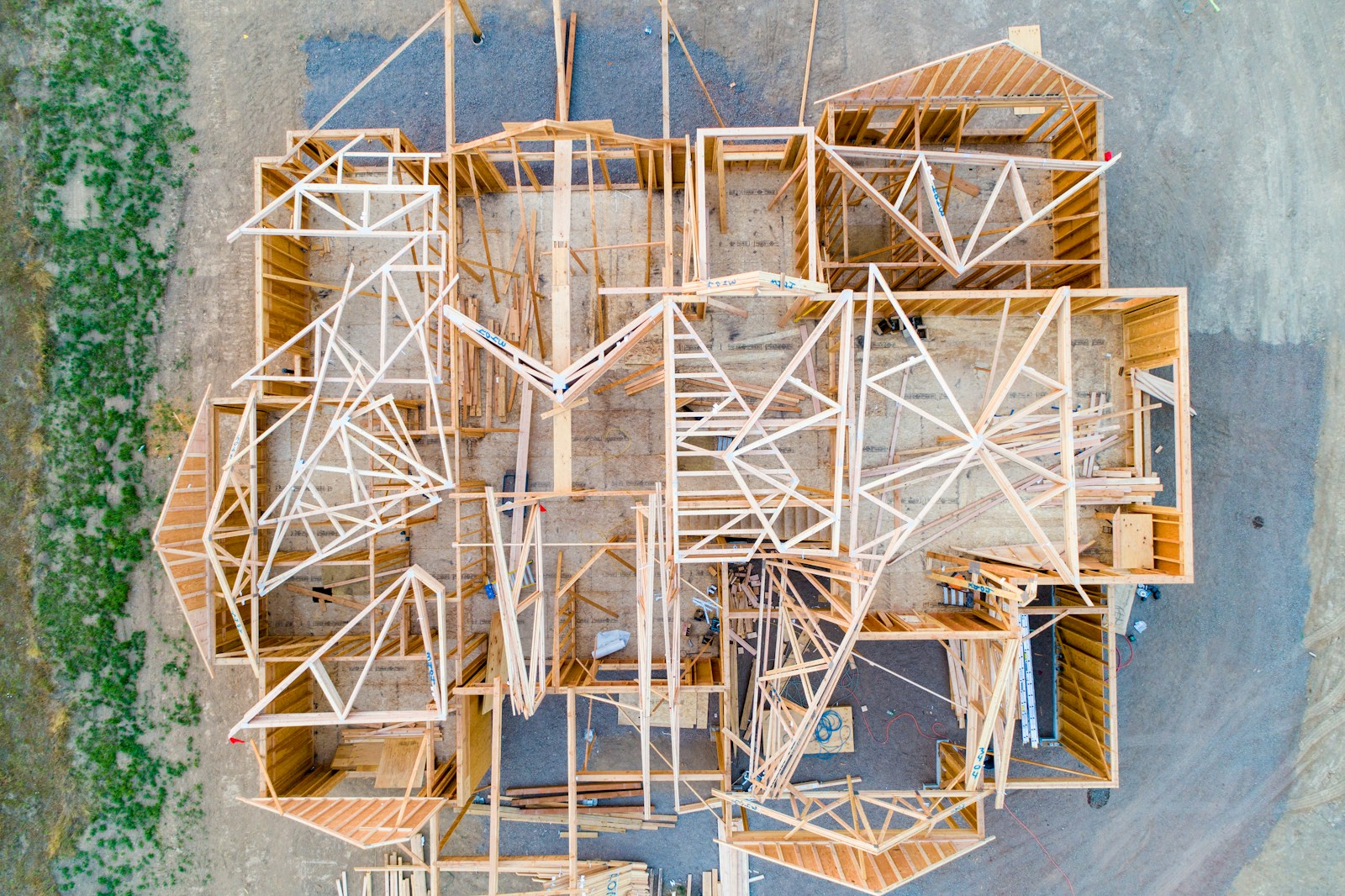Researchers are working to create cutting-edge wood technology that will have a significant impact on the construction sector: “To replace materials high in carbon, such as steel and concrete”

The production of common building materials like steel and concrete is a major contributor to the construction sector’s enormous emissions that warm the globe. Because of this, some in the business believe that wood will be a popular building material in the future.
Wood is one of the oldest building materials on Earth, of course, but technology for using it is still developing to suit the demands of contemporary society. According to Inside Climate News, experts at Michigan Technological University are creating a novel technique to prepare wood for major construction projects.
Their study focuses on using hardwoods (such as maple, birch, and oak) to create cross-laminated timber, an artificially produced building material built from layers of wood and resin. Traditionally, softwoods (including pine, spruce, and fir) have been used to create bulk lumber. According to the researchers, the company would have additional opportunities if it could use a wider variety of wood species in the process.
“I don’t think it is good to characterize it as competing with softwood. I see this just as a diversification of wood as a building material. The point is that we want to use all of the biobased material that we can to replace carbon-intensive materials like concrete and steel,” Mark Rudnicki, the director of the Hardwood Mass Timber Institute at Michigan Tech, said.
37% of all worldwide pollution that causes the earth to overheat is attributed to the building and construction sector, according to the United Nations Environmental Programme. That is a significant amount, and it is obvious that the sector needs to adapt in order to reach the climate targets set forth at the most recent United Nations Climate Change Conference.
The North American Manufacturing Standard’s approval is the next step for hardwood cross-laminated timber, and it should occur in the coming years.
“When approval comes, I think it will be good for the economy in the states where you have hardwood in the markets,” MSU forest economics professor Raju Pokharel stated. “When there’s more demand the prices can go up a little bit, but I don’t think it will have much of an impact [on] wood prices.”
Researchers are also attempting to determine how to reduce the carbon intensity of steel and concrete through techniques like encapsulating air pollution in concrete or radically reorganizing the steel manufacturing process.







